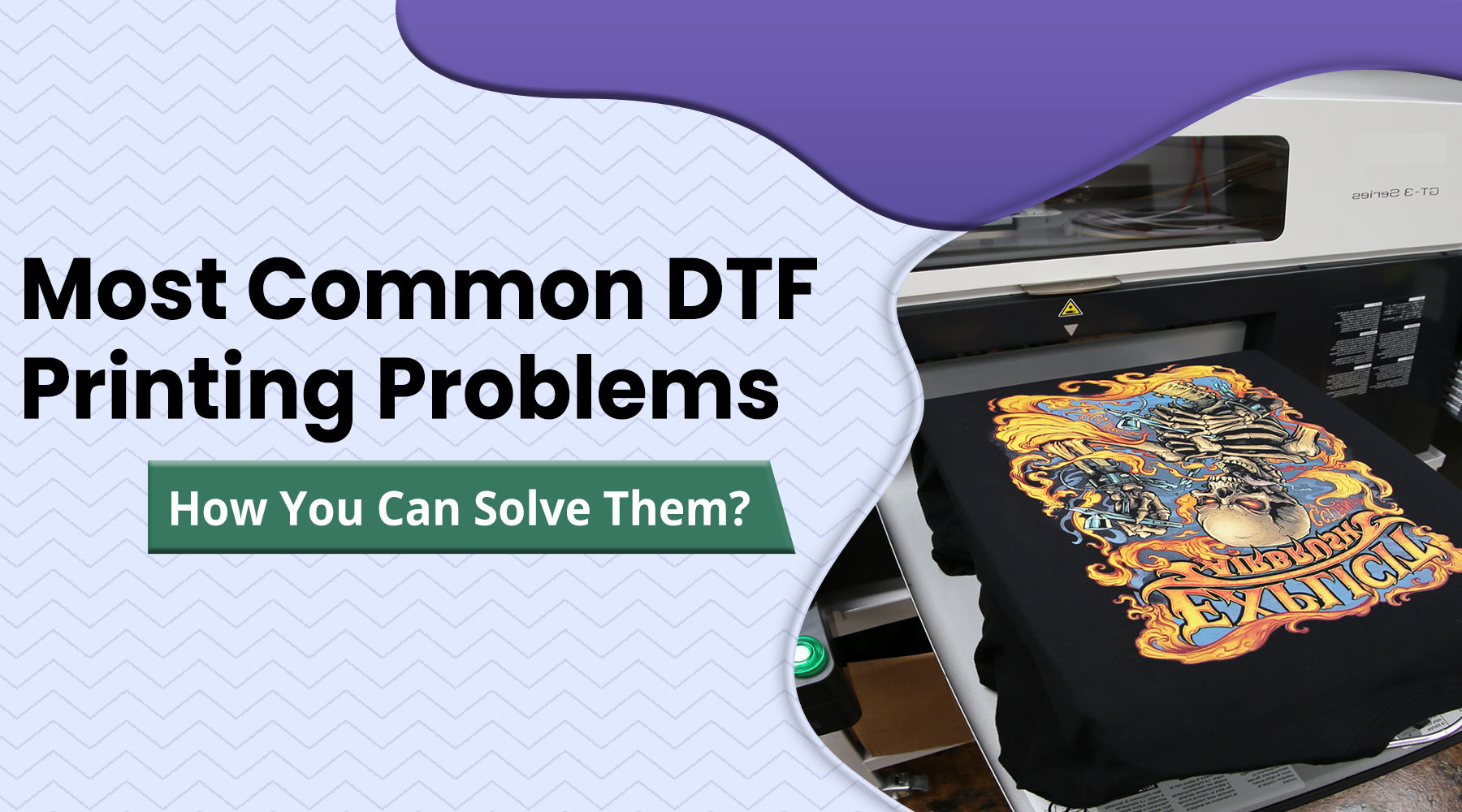Grasping DTF Printing: A Comprehensive Guide to Direct-to-Film Techniques
Grasping DTF Printing: Tips and Techniques for Achieving Vibrant and Long Lasting Prints
In the globe of textile printing, attaining dynamic and durable prints is a desired skill that can boost the high quality of your output. From selecting the appropriate products to fine-tuning print setups and refining post-printing ending up techniques, there are many elements that can affect the outcome of your prints.

DTF Printing Essentials
For those new to the globe of textile printing, recognizing the basics of DTF printing is essential to grasping this cutting-edge strategy. Direct to Film (DTF) printing is a contemporary method that includes moving layouts from an unique movie onto numerous fabrics utilizing a warm press. Unlike traditional methods like screen printing, DTF uses benefits such as lively shades, detailed describing, and the ability to publish on varied products like cotton, polyester, and blends.
The process starts by publishing the design on a special DTF movie making use of a suitable printer with CMYK or CMYKW ink collections. Once the design is printed, it is then cured with a warm press to produce a resilient and sturdy print. DTF printing is known for its capacity to recreate complicated layouts with high accuracy and color accuracy, making it a popular option for organizations wanting to create custom clothing, advertising things, and more.
Choosing the Right Materials

The glue powder acts as a bonding agent between the published design and the fabric, so it has to have strong bond buildings to make certain a long-lasting and durable transfer. By very carefully selecting the right materials for DTF printing, printers can improve the quality, vibrancy, and long life of their prints.
Maximizing Publish Setups
When intending to achieve the finest outcomes in DTF printing, careful focus to maximizing print settings is essential for making certain premium and accurate transfers onto textiles. One crucial facet to think about when maximizing print setups is the resolution.
One more essential setting to enhance is the print rate. Finding the ideal equilibrium in between speed and high quality is vital. While enhancing the speed can boost performance, it may endanger the last print's clarity and color saturation. Explore various speeds and observing the outcomes can aid determine the optimum setting for each and every print job - DTF Printing.
Furthermore, adjust shade accounts and ensuring proper color monitoring are important for attaining regular and exact shades throughout different prints. By calibrating shade settings and accounts, printers can minimize color variances and create consistent outcomes, improving the overall print top quality and consumer complete satisfaction.
Preparing Artwork for DTF Printing
Convert the artwork to CMYK color setting to guarantee that the colors equate precisely from screen to print. Keep in mind to mirror the last layout before publishing to guarantee that it moves appropriately onto the garment. By complying with these actions and paying close attention to the information, you can prepare artwork that is enhanced for durable and lively DTF prints.
Post-Printing Finishing Methods
Executing effective post-printing completing methods is vital to improving the sturdiness and visual allure of DTF prints on textiles. As soon as the printing process is complete, applying warmth to the published style is essential (DTF Printing). Warm not only aids in treating the ink yet additionally ensures that the colors are dynamic and lasting. A warmth press maker evaluated the advised temperature and pressure settings can assist attain optimal outcomes.
After heat pressing, peeling the PET film carefully is an important action. This procedure needs to be done slowly and gradually to stop any damages to the print. When the movie is removed, the print may require extra curing time to even more establish the ink into the material. This step assists improve the washability and sturdiness of the print, ensuring it can endure several laundry cycles without fading or breaking.
Furthermore, cutting any navigate to these guys type of excess movie around the layout can provide the last print a professional and clean look. Making the effort to properly complete DTF prints post-printing can significantly influence the general high quality and long life of the fabric layout.

Final Thought
Finally, mastering DTF printing calls for a thorough understanding of the fundamentals, picking suitable products, maximizing print setups, preparing art work properly, and utilizing post-printing ending up strategies. By adhering to these tricks and tips, one can achieve resilient and dynamic prints that fulfill their desired top quality requirements. Consistent practice and focus to detail are crucial in attaining successful outcomes in DTF printing.
From picking the best products to tweak print settings and perfecting post-printing ending up home methods, there are many variables that can influence the result of your prints. Unlike typical approaches like display printing, DTF uses benefits such as dynamic colors, intricate detailing, and the ability to publish on diverse materials like cotton, polyester, and blends.
When the layout is printed, it is after that cured with a warm press to develop a resilient and long-lasting print.When aiming to accomplish the finest results in DTF printing, meticulous interest to optimizing print setups is critical for making certain click to investigate high-grade and precise transfers onto fabrics.In conclusion, mastering DTF printing needs a thorough understanding of the fundamentals, picking suitable materials, optimizing print setups, preparing art work properly, and making use of post-printing finishing techniques.